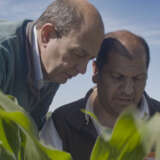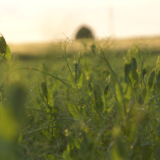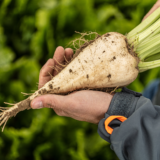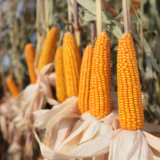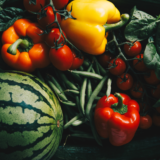Cereals
For plates, fuel,
and animals
For the Cereals Business Unit, we show – using some snapshots and examples - where we encounter KWS' rapeseed, mustard, oats, pea, rye and barley in everyday life.
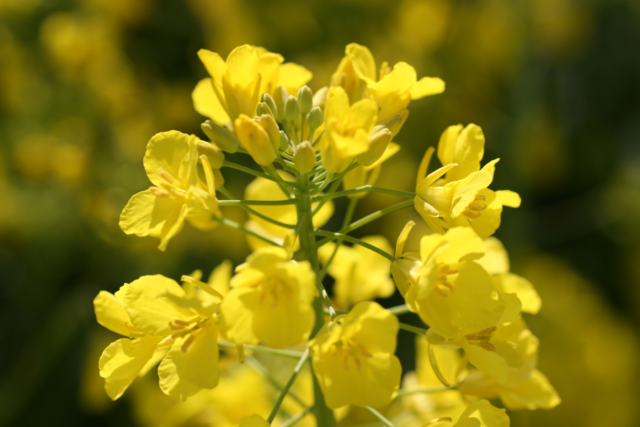
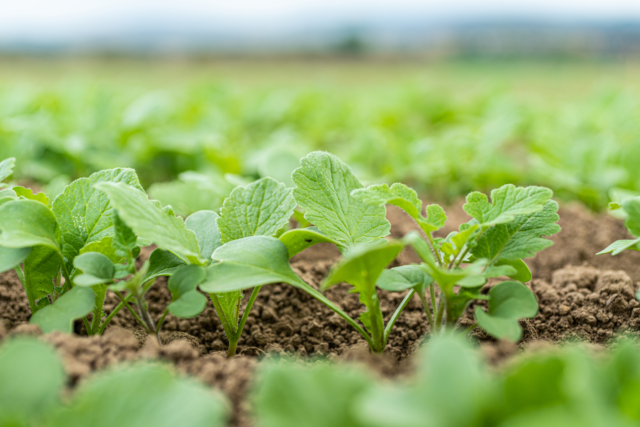
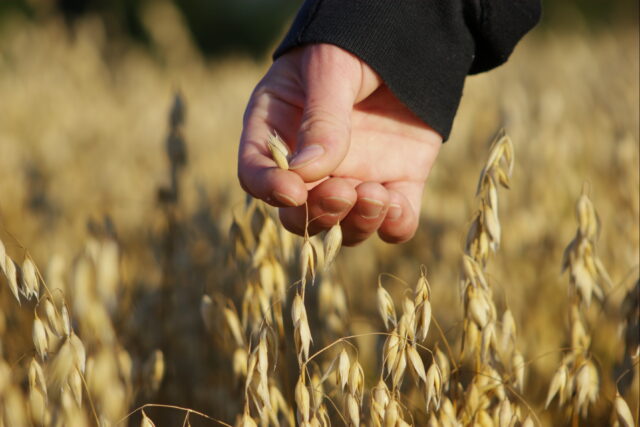
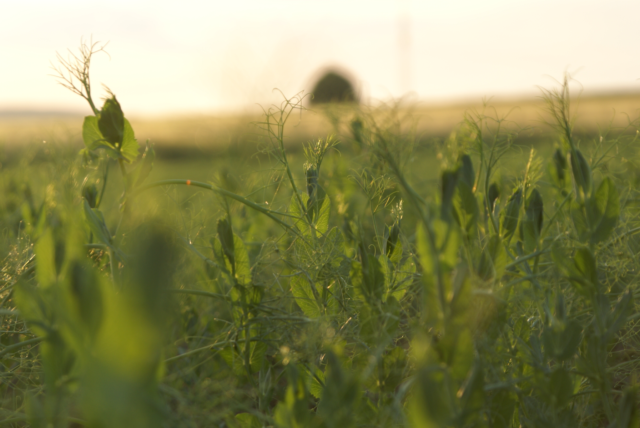
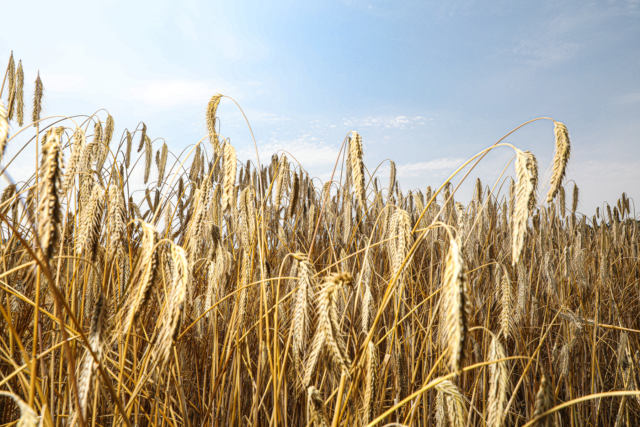
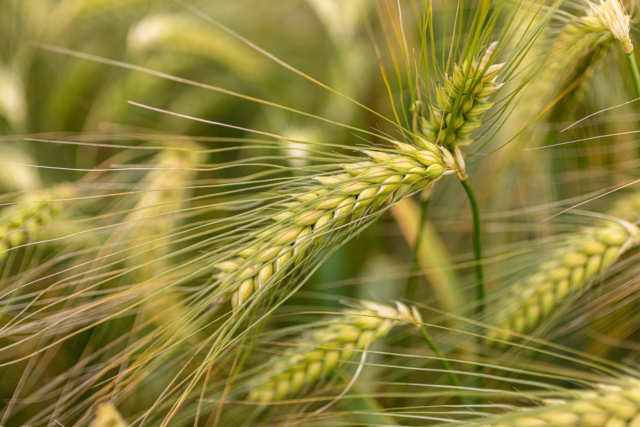
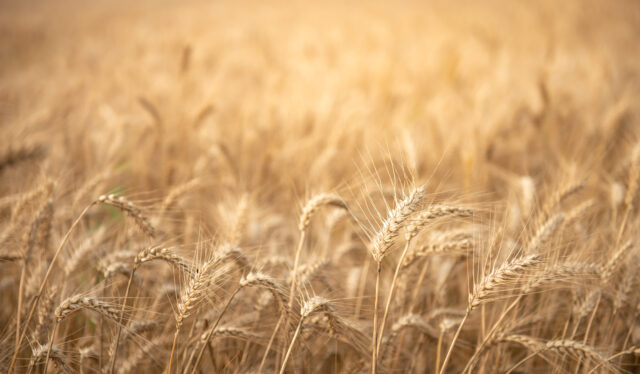
Rapeseed
The route to the customer
The yellow-flowering crop is sold by farmers via traders directly to oil mills and refineries and from there to consumers.
Rapeseed oil - Germany's most popular cooking oil - is marketed in two variants: cold-pressed and refined. Cold pressing preserves the nutty flavor and healthy ingredients. Refined rapeseed oil is neutral in taste and good for frying. But the biggest fraction of the produced oil goes directly into bio-fuels. Even after consumption, cooking rapeseed cooking oil may have a second live in bio-fuel - making Diesel cars cleaner even without software. And nothing is lost, as the “cake” that is left from the rapeseeds after extracting the oil becomes fodder for animals – one of the few protein-rich fodder types grown in Europe.
Produkte
- Butter and margarine
- Fat for French fries, lard cakes or similar
- Fine salad oil
- Technical oil
- Car fuel, biodiesel
- Dishwashing and washing detergents
- Rapeseed honey
- Rapeseed cake (animal fodder)
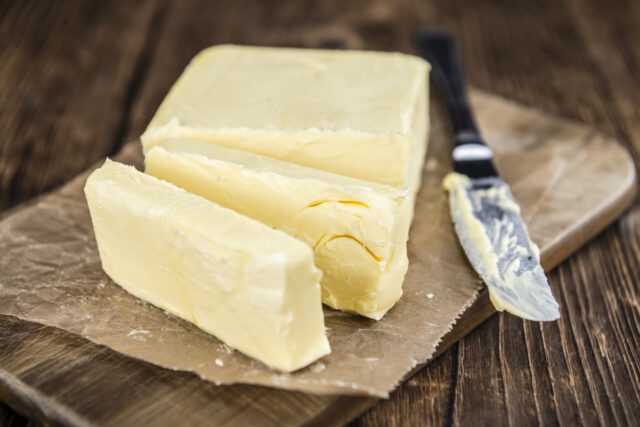
Insider knowledge
Rapeseed oil from one hectare of land can be used to fry 40,000 portions of French fries.
Key figures
- In the KWS portfolio since: first sales in 1993, breeding since the 1980s
- Varieties worldwide: 88 (79 winter oilseed rape, 9 spring oilseed rape)
- Share of KWS' net sales: 3.78%
Mustard
The way to the customer
Mustard looks like rapeseed in the field, its flowers are yellow and resemble the dandelion. Nevertheless, there are white, brown and black mustard. This is due to the color of the seed. Important to know: the darker the color the spicier the mustard.
Two parts of the mustard are mainly used in two different ways: the seeds for human consumption and oil products and the vegetative plant itself as cover crop solo or in mixture with other species for green manure. Of course, these are two completely different types of cultivation. For seeds the cultivation goes from spring to fall, and as cover crop from summer to spring.
Mustard breeding and seed distribution is a real niche, the market is small. Mustard seeds (as opposed to biomass) are mainly processed into mustard oil for the chemical cosmetics industry.
Products
- Table mustard
- Mustard oil
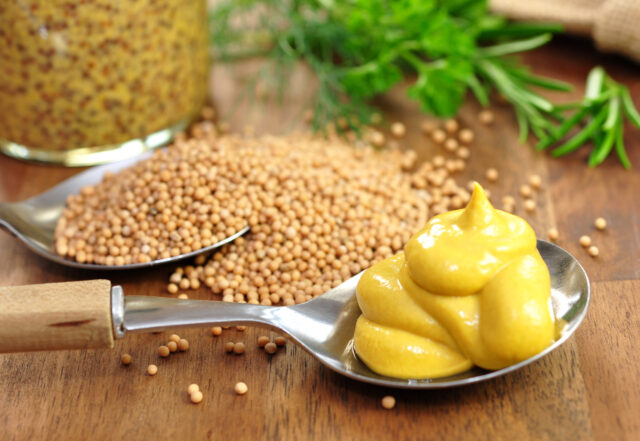
Insider knowledge
Table mustard can be produced on a large industrial scale or in the traditional artisanal way. More than ninety percent of our table mustard is made by mixing mustard flour with water as a byproduct of mustard oil extraction. This mustard is cheap.
Small manufactories, however, use the whole grain as well as mustard oils. KWS has been producing this table mustard since 2020 - purely organically using traditional methods in the Einbeck mustard mill. KWS' own variety MARTIGENA, the only variety ever low in bitter substances, is turned into KWS SENFLIEBE, a white mustard with small amounts of black, enriched with syrup from KWS sugar beet. One hectare of MARTIGENA produces 5,000 jars of KWS SENFLIEBE.
https://kws.verticasshop.de/senf
https://kws.verticasshop.de/mustard-germany
Mustard oils support digestion. Therefore, mustard is very useful with fatty meat dishes.
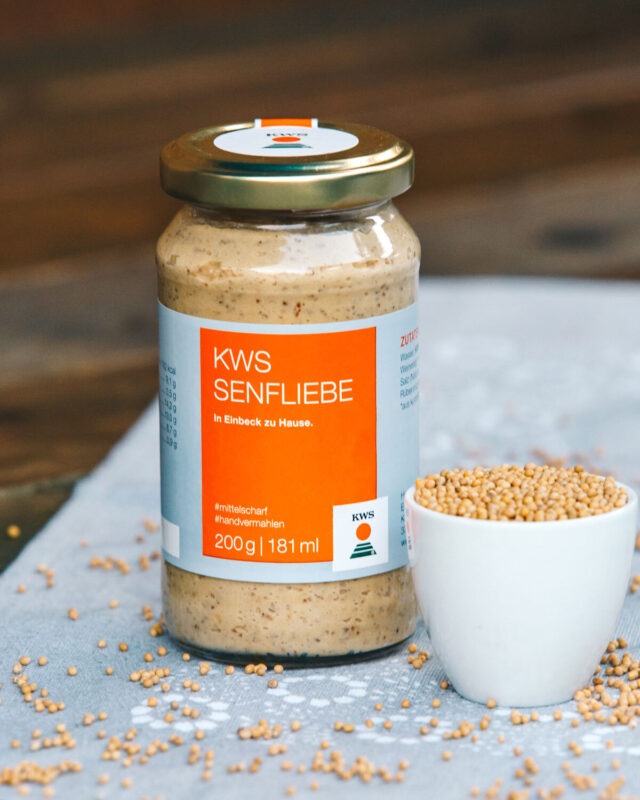
Key figures
- In the KWS portfolio since: 1989
- Varieties worldwide: 11
- Share of KWS' net sales: <1%
Oats
The way to the customer
There are two forms: Forage oats for horse feeding and quality oats, also called “hulled oats” for human consumption. Forage oats are cleaned after harvest, sometimes crushed for better digestibility, fed to horses. The food/ milling industry places high demands on quality oats. This regards, for example, the “hullability” (easy removal of the husks), grain size, moisture, and purity. Oat grains for human consumption, after sieving and cleaning, are separated from their husks in a hulling machine and kilned (lightly roasted), steamed and dried.
Products
- Porridge, oatmeal
- Superfood-bar
- Oat milk
- Ingredient in ready-made food (soups, vegetable and meat dishes)
- Horse feed
- As ingredient in cosmetics
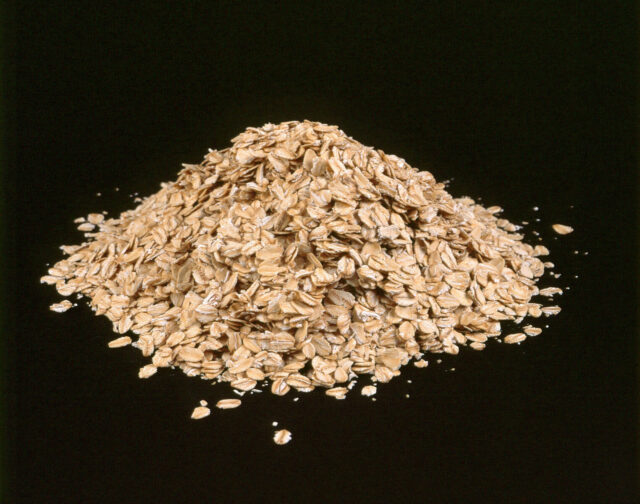
Insider knowledge
From 2008 to 2018, the amount of oats turned into food in German mills increased by seventy percent to 500,000 tons. At the same time, the oat harvest in Germany has decreased by 27 percent. Sixty percent of German oat imports in 2018 come from Finland and Sweden. Due to sustainability aspects, the milling industry is increasingly searching for local and organic oats.
Key figures
- In the KWS portfolio since: 1955 (1st approval)
- Varieties worldwide: 18 (9 winter oats, 9 summer oats)
- Share of KWS net sales: 0.12%
Pea
The way to the customer
KWS offers dry yellow and green fodder or grain peas. What KWS does not offer are green vegetable peas, which supermarkets sell in cans or frozen. Nevertheless, KWS peas are in modern food products: The dried peas are in vogue as a plant-based protein. Processors are extracting the high value protein (plus starch and fiber) as raw material for meat substitutes as an alternative to imported soy-protein. Vegan, climate-friendly, gluten-free nutrition based on pea proteins offers great market potential. Dry Peas are also used as protein component in animal feed-mixtures.
Products
- Pea flour processed to high-protein bread and pasta
- Meat substitutes: pea protein (plus starch and fiber) extract in vegan sausages, burger patties, etc.
- Dairy alternatives (pea drink)
- Vegetable spreads
- Protein component in animal feed-mixtures
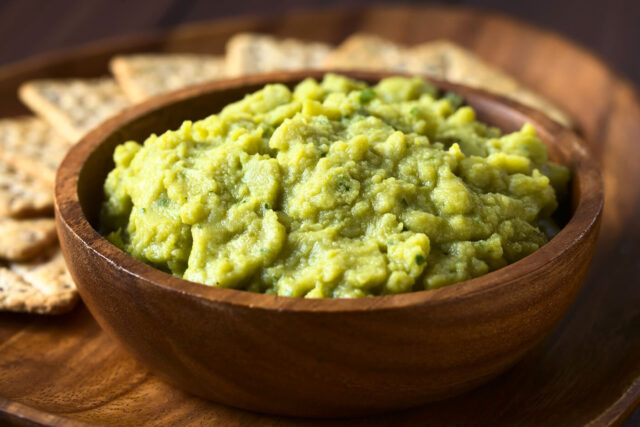
Insider knowledge
Did you know that “Rügenwalder Mühle” earns more money with meatless products than with traditional products? The annual increasement on meat-substitute products was on average 20% during the last years.
Key figures
- In the KWS portfolio since: 1987 (1st approval)
- Varieties worldwide: 21 (15 yellow, 6 green)
- Share of KWS' net sales: 0.20%
Rye
The way to the customer
In Europe, mainly winter rye is grown. Because its roots are deeply branched, it produces reliable yields even in dry periods. Rye can tolerate temperatures as low as minus 25 degrees Celsius, making it the frost-hardiest cereal. It is harvested by combine harvesters in July and August.
Most rye becomes animal feed or is used for bioethanol and biogas production. In refineries, up to 10 percent rye is added to fuel.
Products
- Rye bread
- Mixed-type bread (wheat and rye)
- Animal feed
- Bio-fuel
- Spirits (such as vodka and whisky)
New Onboarding Product: Rye Crackers
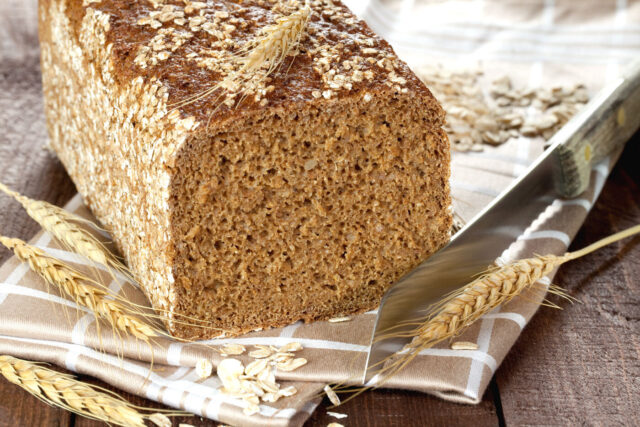
Insider knowledge
Rye accounts for one percent of the worldwide cereal production.
Rye pollen is considered the strongest allergen among the grasses.
Rye has been systematically cultivated since 4,000 BC.
Key figures
- In the KWS portfolio since: 1881
- Varieties worldwide: 33 (31 winter rye, 2 spring rye)
- Share of KWS' net sales: 5.52%
Barley
The way to the customer
KWS offers winter and spring barley. It is differentiated on the basis of the ears into two-rowed forms with one strong and full grain per attachment point and multi-rowed forms with weaker grains. Two-row spring barley is often used as malting barley for making beer.
Products
- Pearl barley (Graupen)
- Groats
- Malt coffee
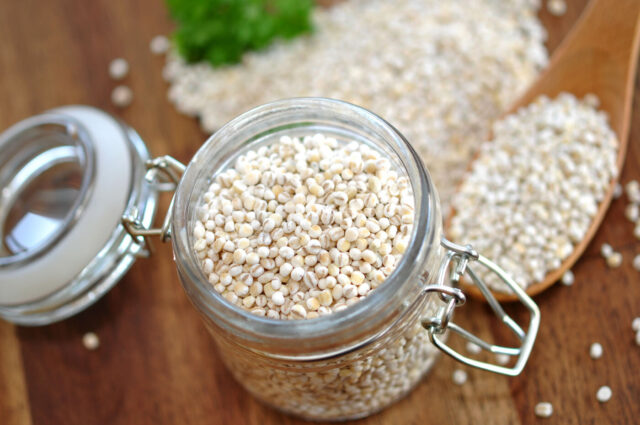
Insider knowledge
Barley can be traced back as far as 10,500 BC. Together with emmer and einkorn, barley is one of the oldest purposefully cultivated cereals.
Key figures
- In the KWS portfolio since: 1920
- Varieties worldwide: 43 (31 winter barley, 12 spring barley)
- Share of KWS' net sales: 1.44%
Wheat
The way to the customer
KWS breeds winter wheat in Germany, the UK, France and the USA. There is also a spring wheat breeding program. These breeding programs supply wheat-growing regions worldwide with suitable varieties. In Germany, winter wheat is sown in the fall and spring wheat in the spring.
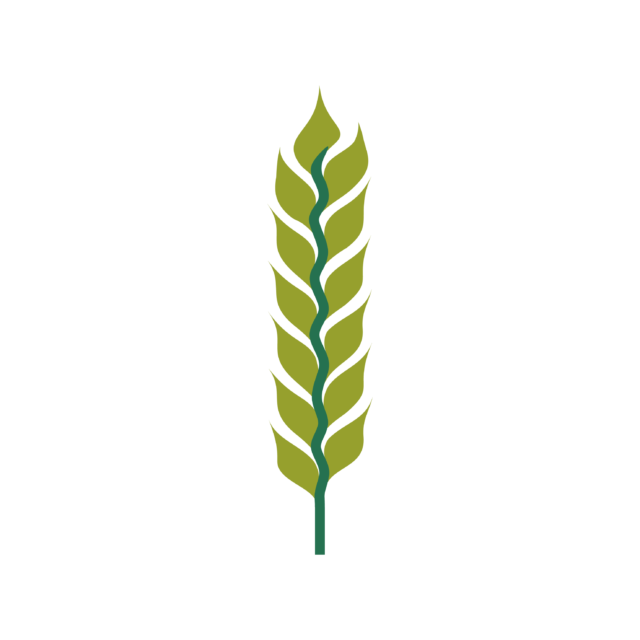
Products
- Bread
- Cookies
- Cake
- Pasta
- Wheat beer
- Couscous
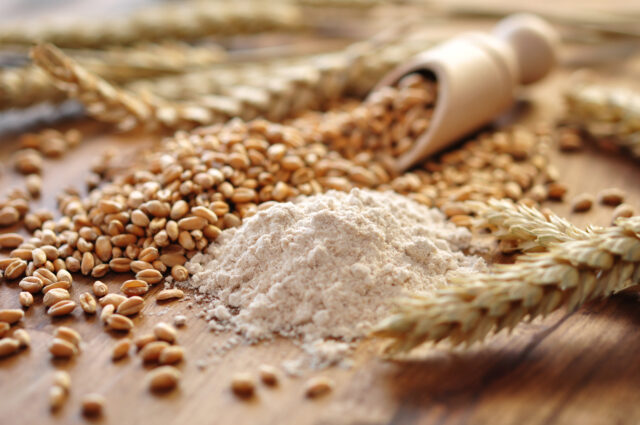
Insider knowledge
After corn, wheat is the second most widely grown cereal in the world.
Scientifically, spelt is not healthier than wheat and contains the same amount of gluten.
Not all wheat is the same: For pasta production, for example, so-called durum wheat is used, and special varieties are also grown for cookies.
Key figures
- In the KWS portfolio since: 1920
- Varieties worldwide: 94 (76 winter wheat, 18 summer wheat)
- Anteil am KWS Umsatz: 2.05%
© KWS SAAT SE & Co. KGaA 2024






